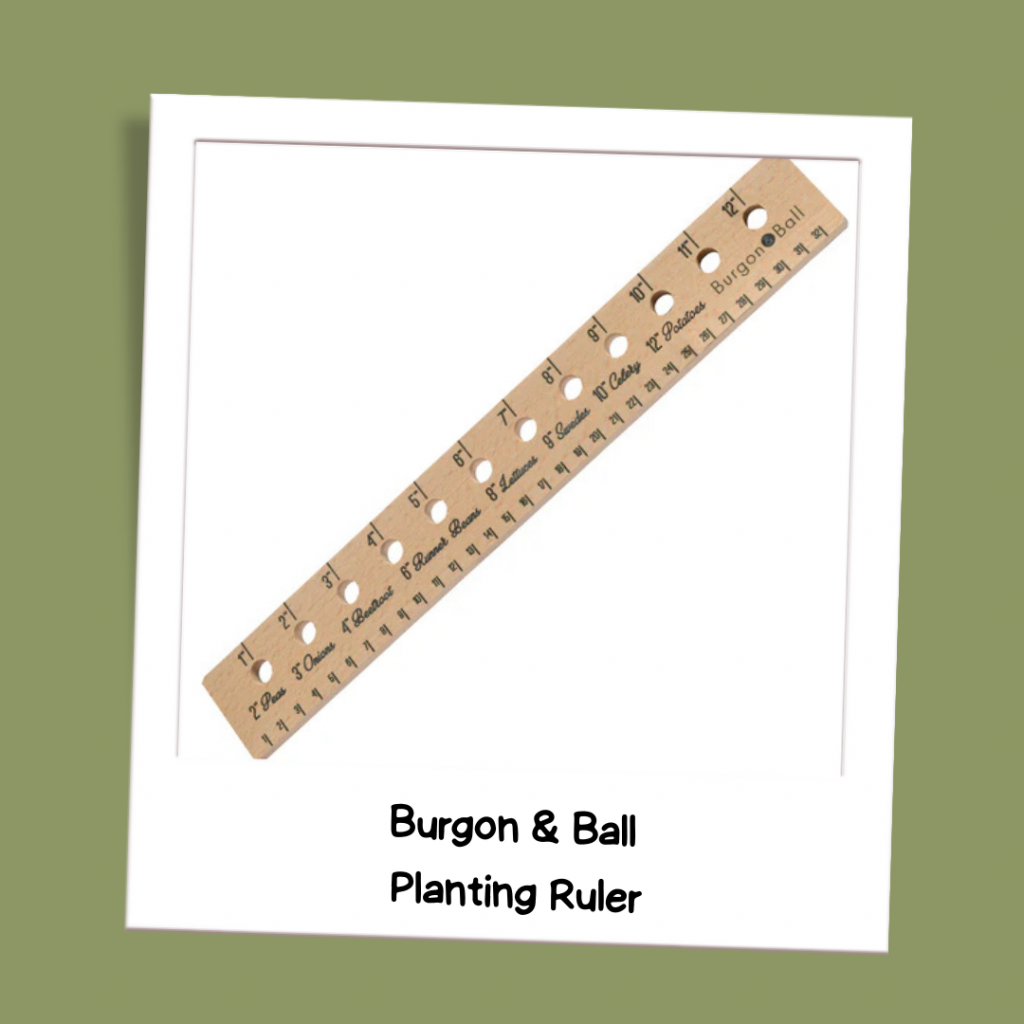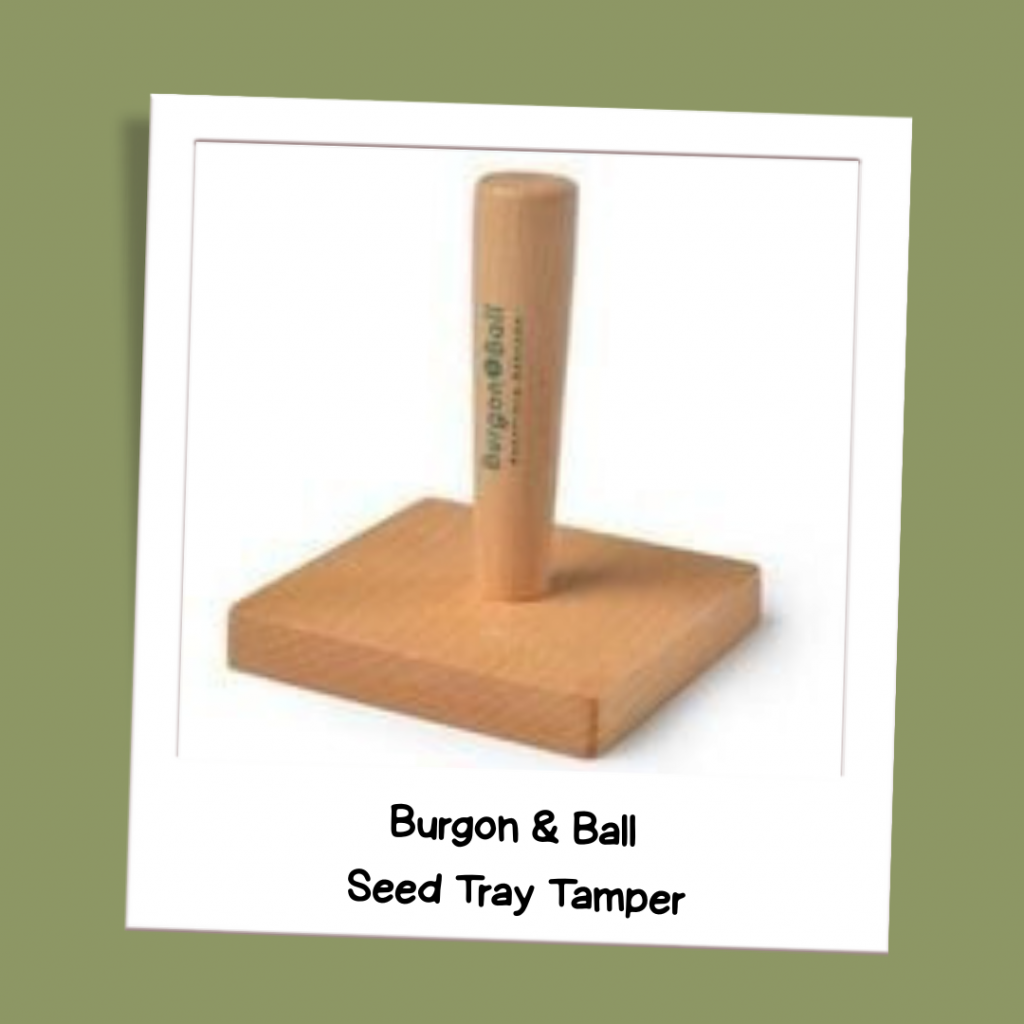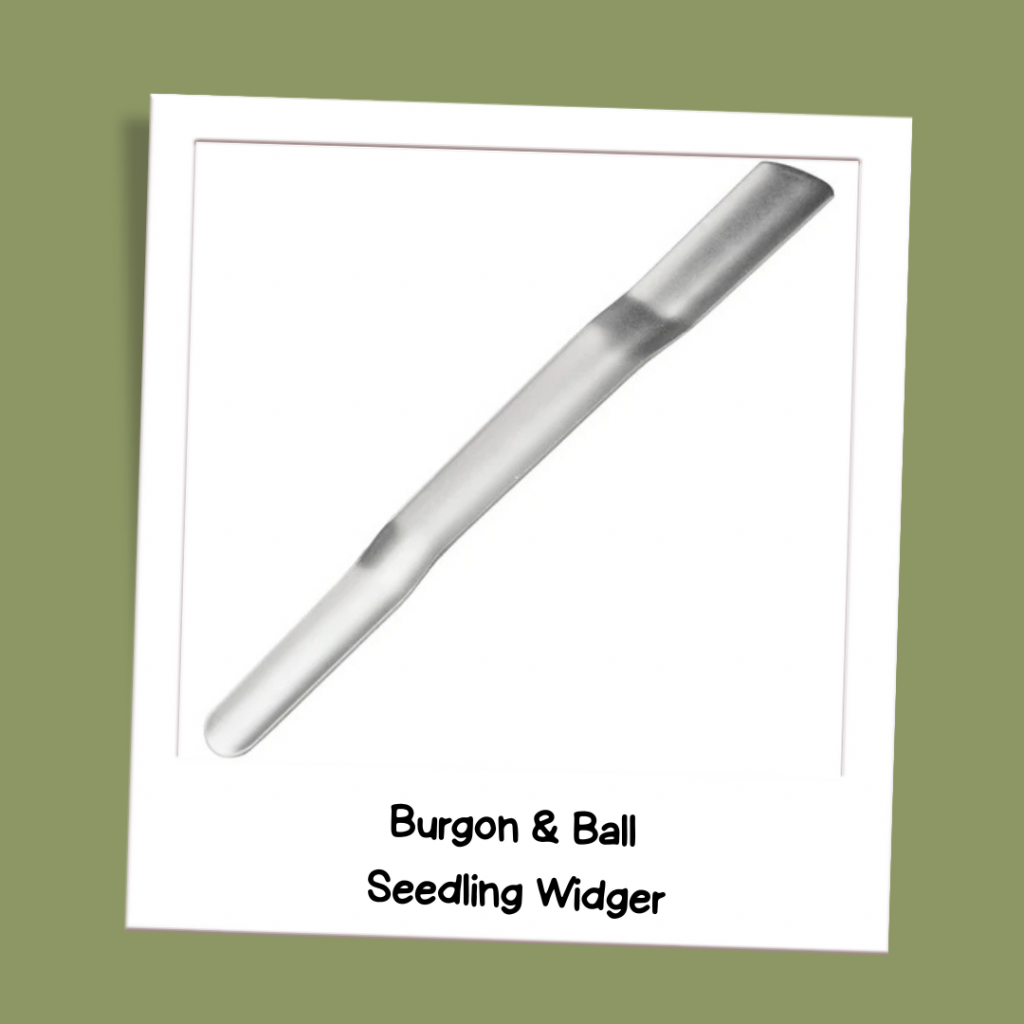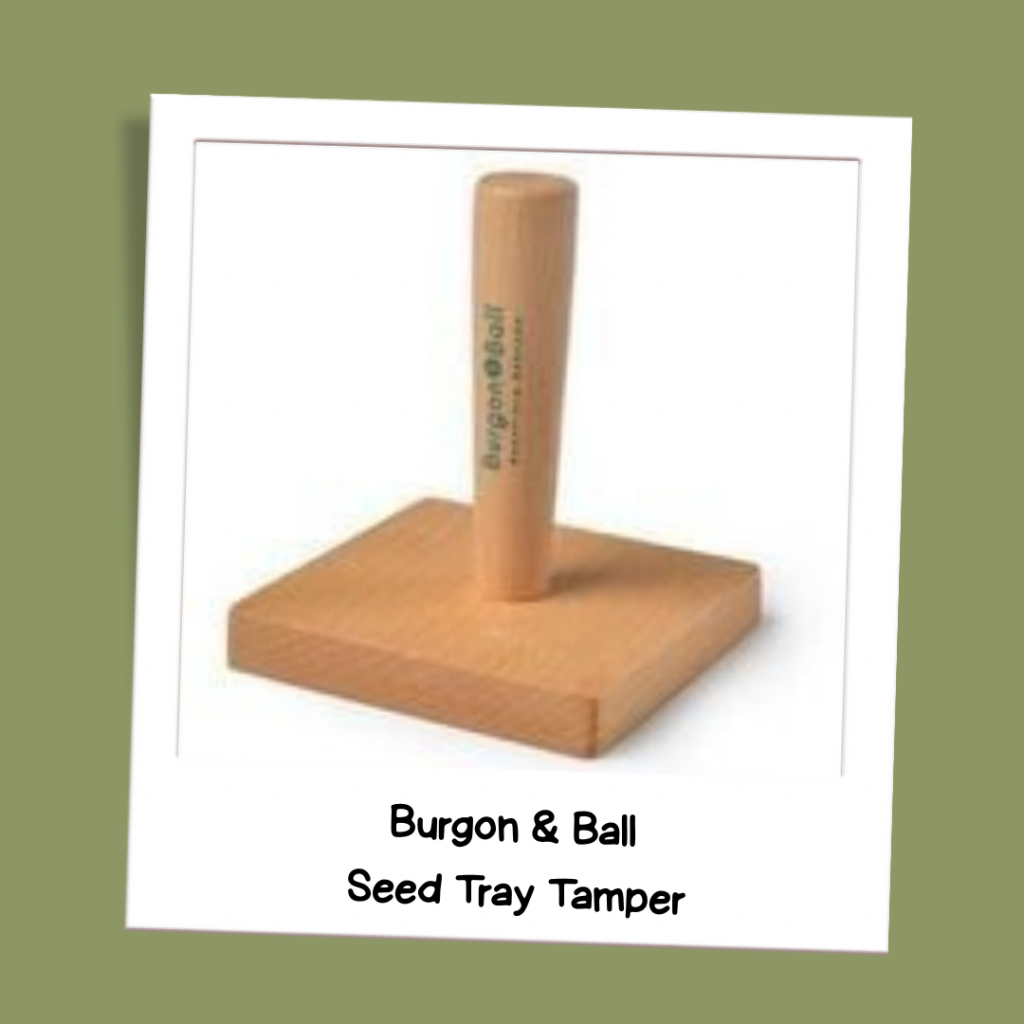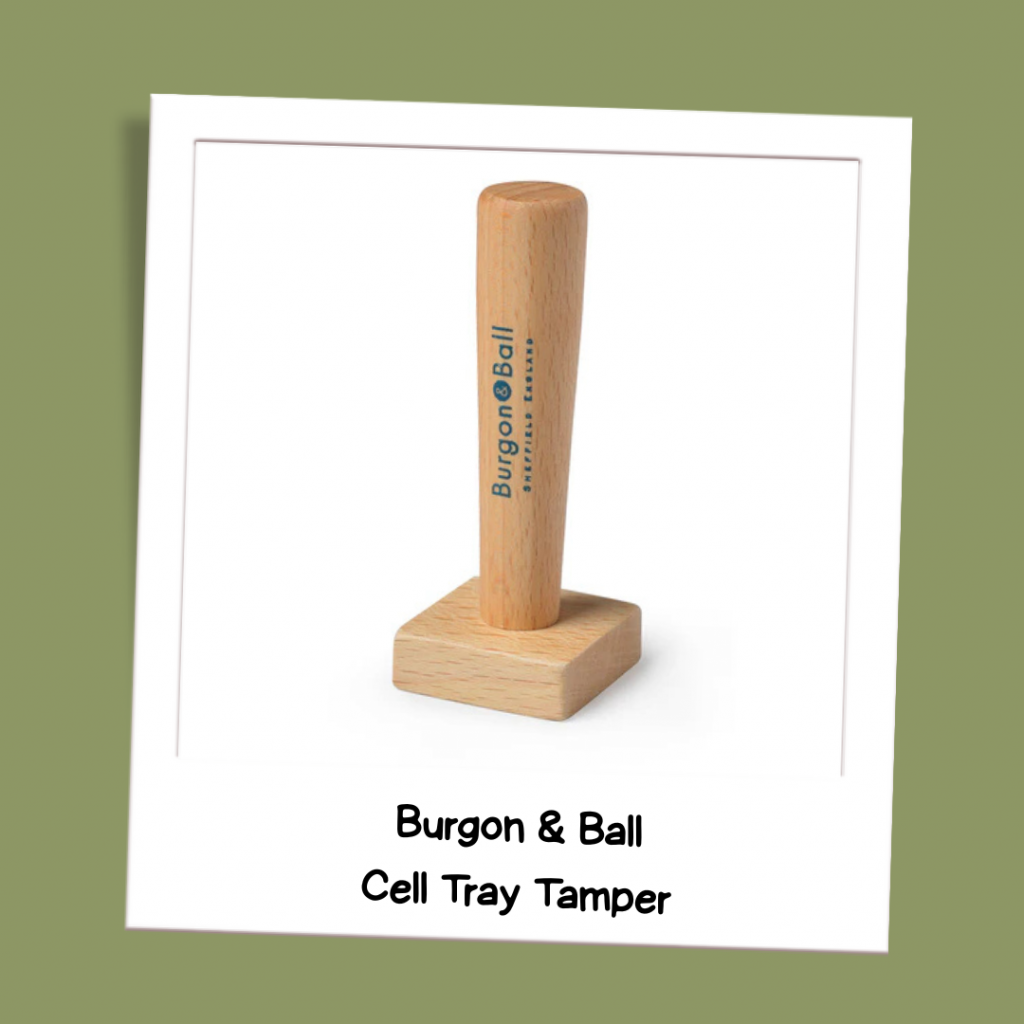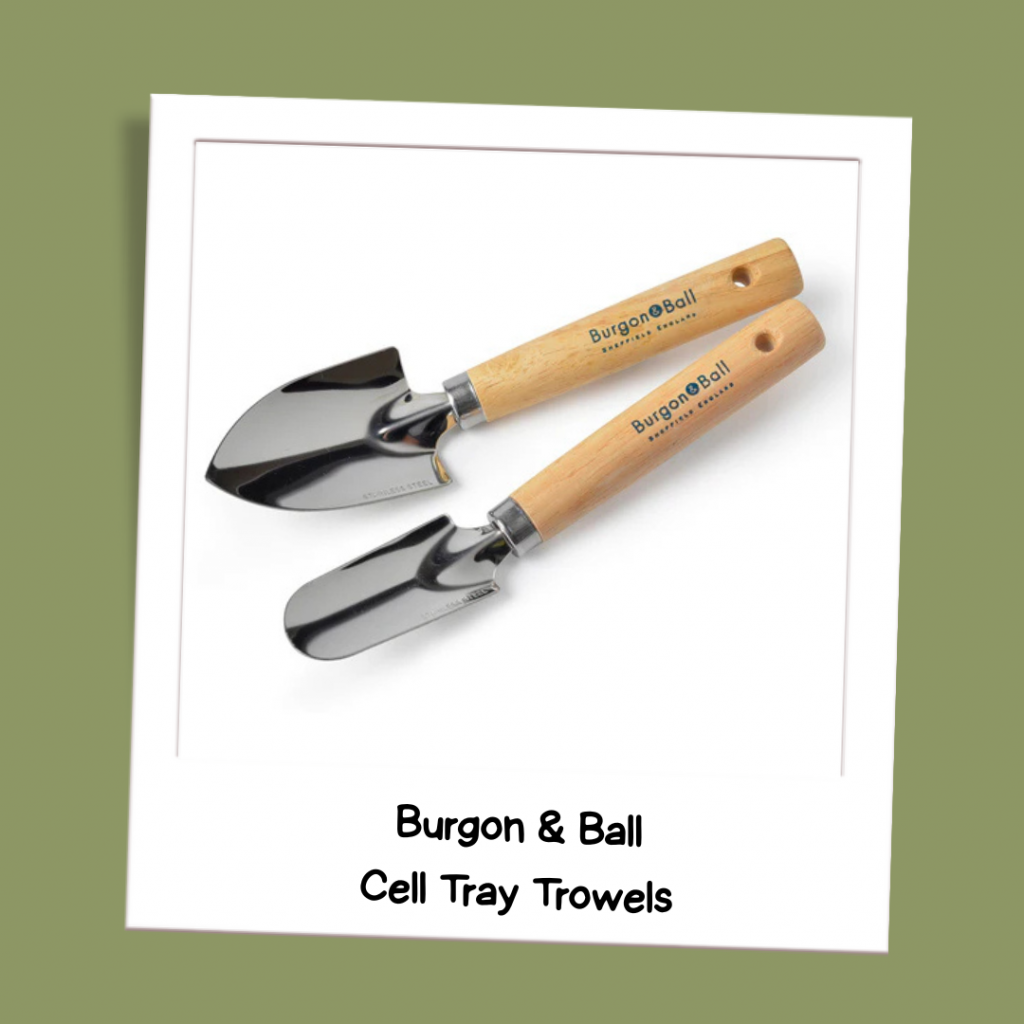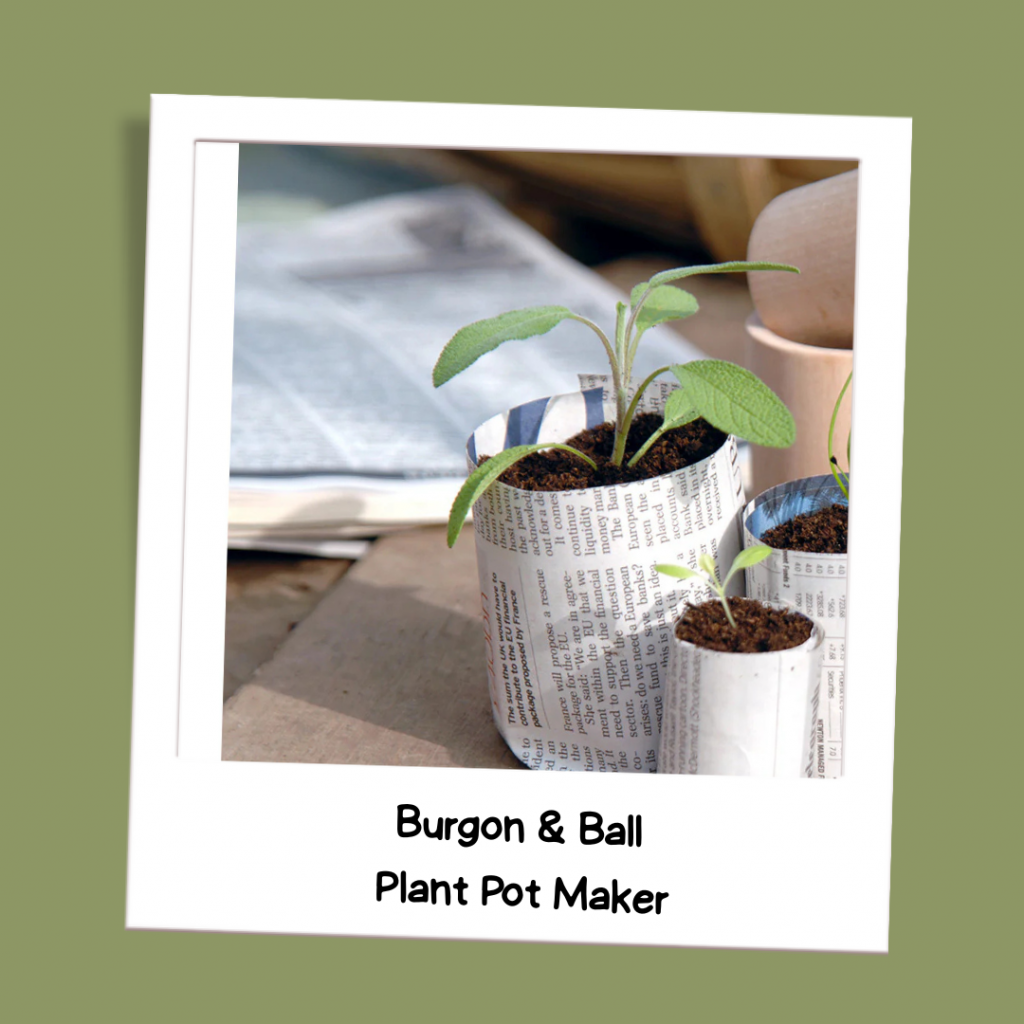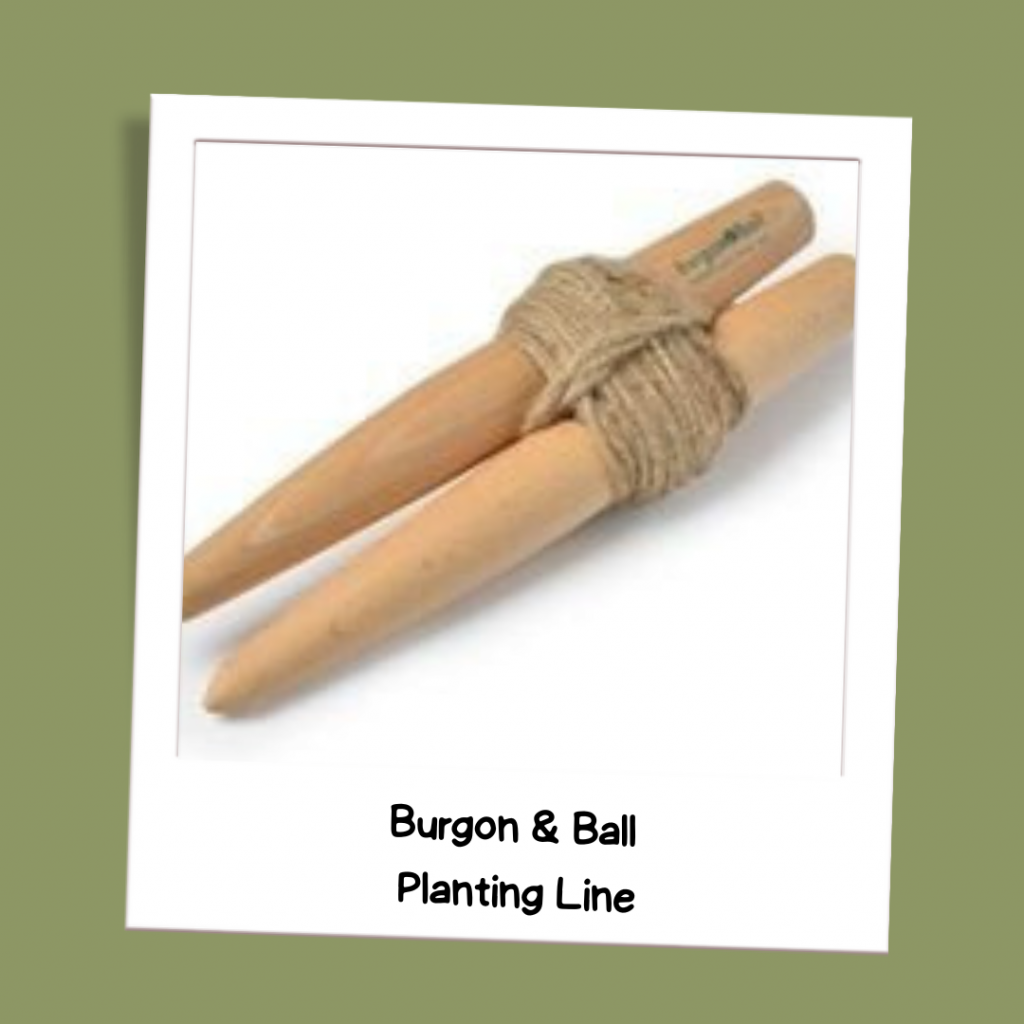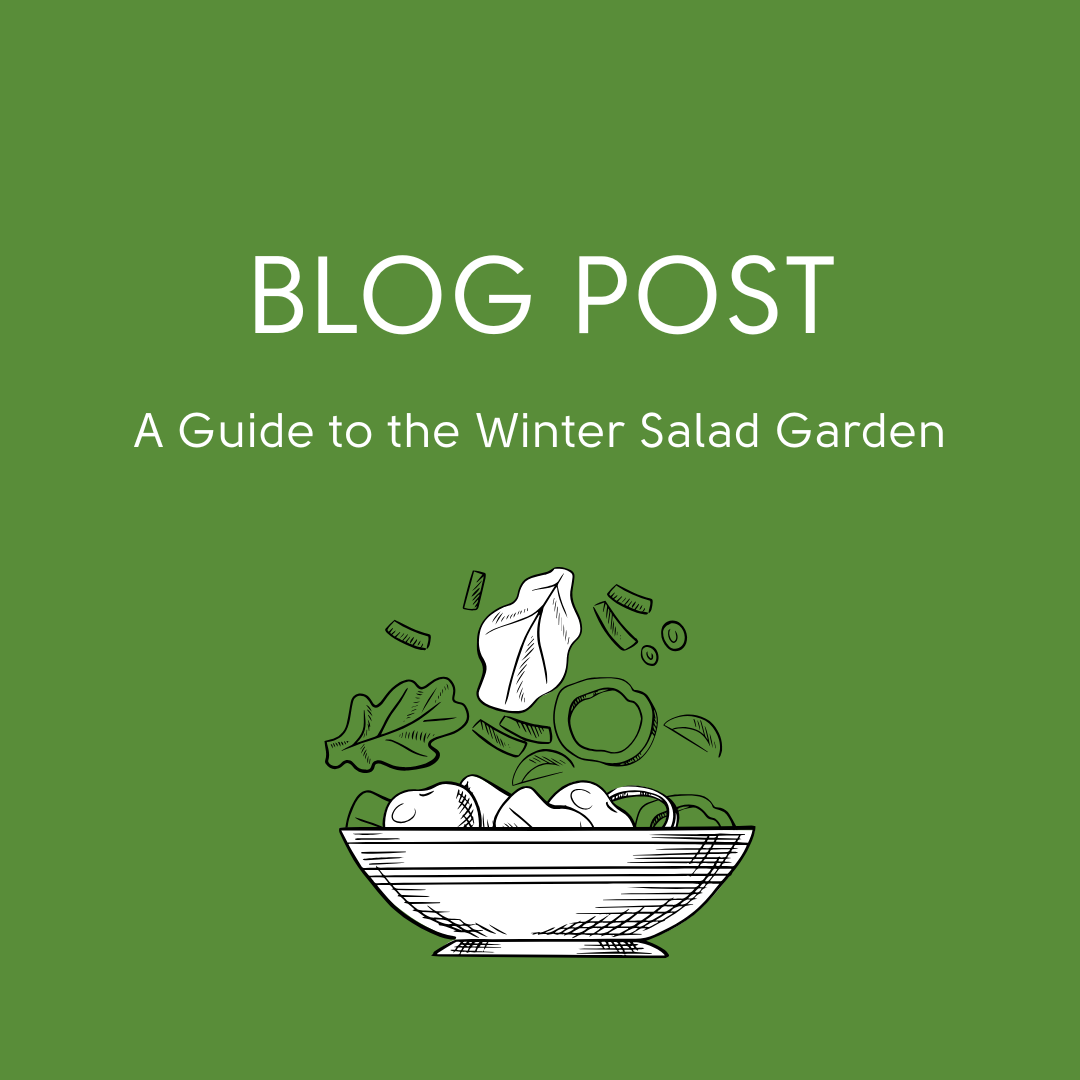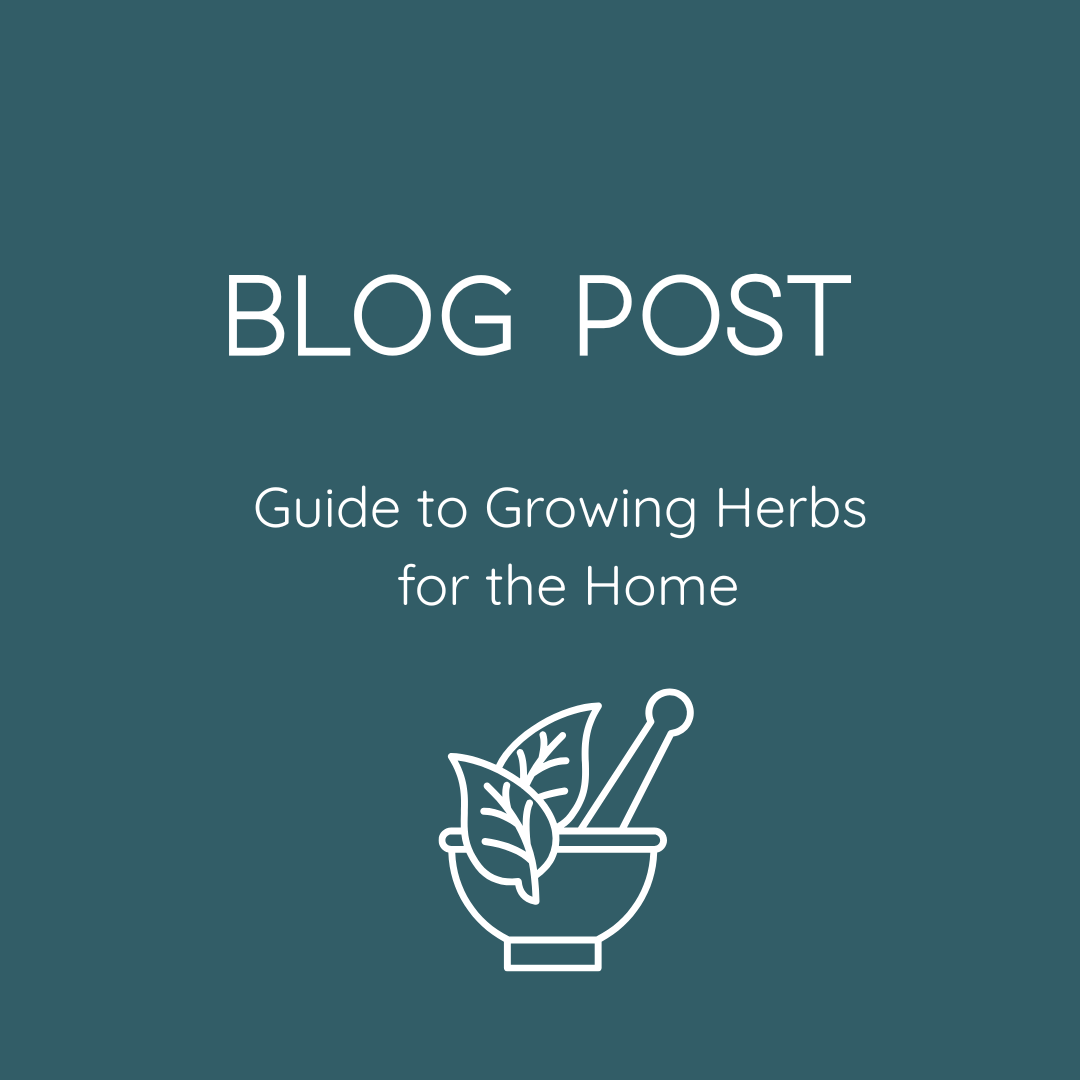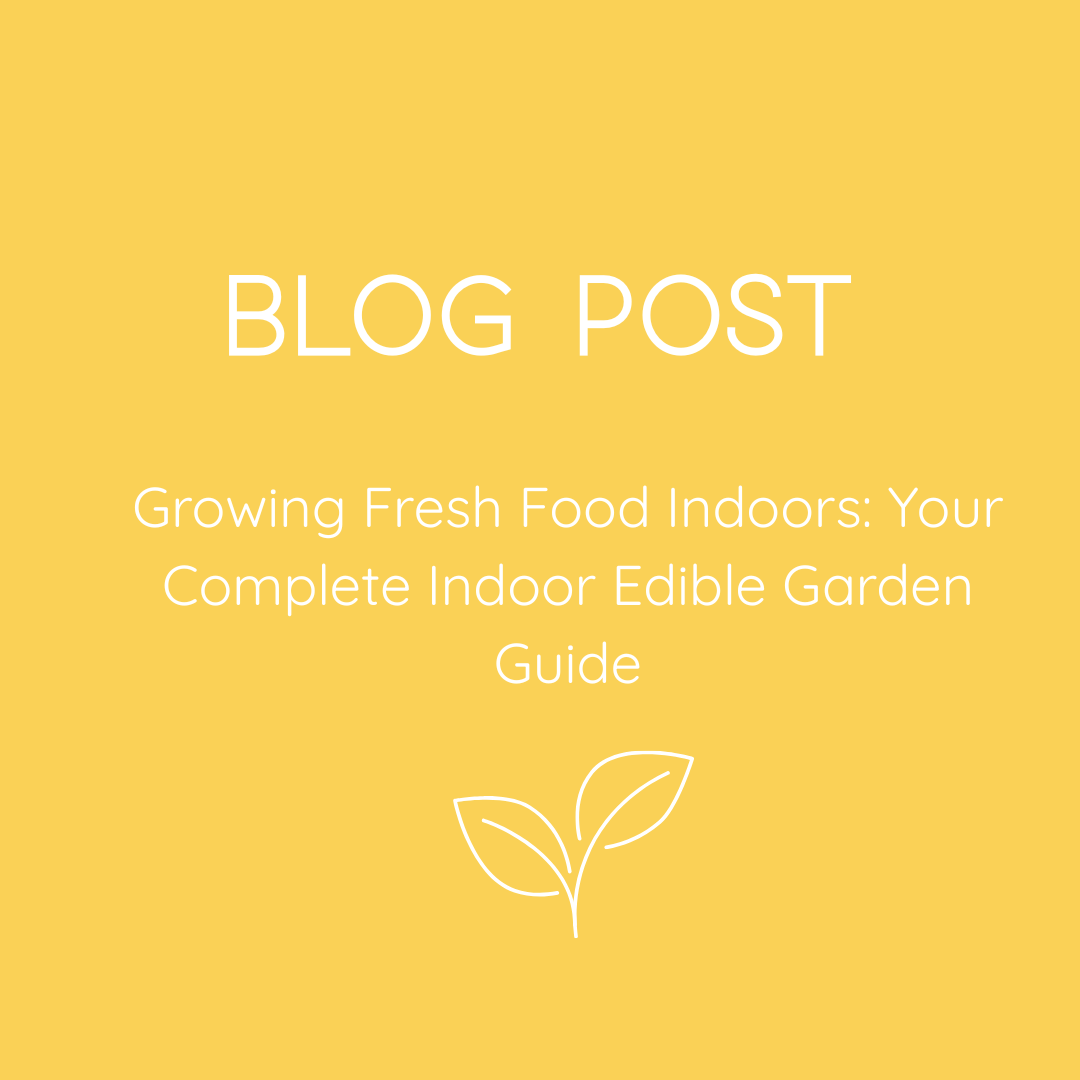Fresh herbs snipped moments before cooking. Cherry tomatoes plucked directly from the vine. Edible flowers scattered across your salad. These simple pleasures don’t require a sprawling garden or even a balcony—they can flourish right inside your home.
The art of cultivating edible plants indoors has flourished throughout history, from medieval monasteries growing medicinal herbs on windowsills to Victorian households tending kitchen gardens in conservatories. Today’s indoor gardening movement combines this traditional wisdom with modern techniques, bringing fresh, flavourful produce within reach of anyone with a sunny window or a willingness to experiment with grow lights.
Whether you’re living in a compact city flat, a countryside cottage, or anywhere in between, your home holds untapped potential for growing delicious, nutritious food. The key lies in understanding how to harness the light, space, and resources you already have. This comprehensive guide will walk you through everything you need to know about creating a thriving indoor edible garden, from selecting the perfect growing spots to harvesting your first homegrown meal.
Finding the Perfect Growing Spaces in Your Home
Windowsills: Nature’s Growing Shelves
South-facing windowsills receive the most direct sunlight throughout the day, making them prime real estate for sun-loving herbs like rosemary, thyme, and sage. East-facing windows catch gentle morning light, perfect for leafy greens and delicate herbs such as parsley and chives. Even north-facing windows, whilst receiving less direct light, can successfully support shade-tolerant plants like mint and certain varieties of lettuce.
The width of your windowsill determines what you can grow. Narrow ledges accommodate small pots of herbs, whilst deeper sills can house larger containers for cherry tomatoes or cucumber varieties. If your windowsill isn’t wide enough, consider installing a window shelf to extend your growing space.
Bright Rooms and Conservatories
Rooms flooded with natural light offer expanded possibilities for your indoor garden. A bright living room corner can become home to a collection of herb pots arranged on plant stands at varying heights. Conservatories, with their glass walls and ceilings, create an ideal microclimate for heat-loving plants like peppers and aubergines.
Position taller plants like tomato varieties towards the back, with smaller herbs and flowers arranged in front to ensure all plants receive adequate light. This tiered approach maximises both space and light distribution.
Skylights: Overhead Growing Opportunities
Rooms with skylights benefit from consistent overhead lighting that closely mimics natural growing conditions. Hanging baskets suspended from ceiling hooks can transform unused vertical space into productive growing areas. Consider trailing varieties like cherry tomatoes or wild strawberries that will cascade beautifully from elevated positions.
Darker Spaces: Grow Light Solutions
Even the gloomiest corners can burst with edible plants when equipped with proper grow lights. LED grow lights have revolutionised indoor gardening, offering energy-efficient solutions that produce excellent results. Full-spectrum LED panels can support everything from leafy herbs to fruiting plants, whilst simple clip-on grow lights work perfectly for small herb collections.
Position lights 12-18 inches above plants, adjusting the height as plants grow. Most edible plants require 12-16 hours of artificial light daily to thrive indoors.
Choosing the Right Containers
Size Matters: Matching Pots to Plants
The foundation of successful indoor growing lies in selecting appropriate containers. Herbs like basil, parsley, and chives thrive in pots 6-8 inches deep, whilst deeper-rooted plants like rosemary and sage require containers at least 10 inches deep. Fruiting plants such as tomatoes and peppers need substantial root space—containers 12 inches deep and wide provide adequate room for healthy development.
Essential Container Features
Every successful growing container must possess three critical features: adequate size, waterproof construction, and proper drainage. Without drainage holes, even the most careful watering can lead to waterlogged soil and root rot. If you fall in love with a decorative pot lacking drainage, use it as an outer cover for a functional inner pot with holes.
Saucers beneath pots protect surfaces from water damage whilst allowing you to monitor drainage. Choose saucers slightly larger than your pot base to catch overflow effectively.
Material Considerations
Terracotta pots provide excellent breathability but dry out quickly, requiring more frequent watering. Plastic containers retain moisture longer and weigh less—important considerations for hanging arrangements. Ceramic pots offer decorative appeal but can be heavy when filled with soil and water.
For windowsill gardens, lightweight materials prevent stress on window frames. For floor-standing arrangements, heavier materials provide stability for tall plants.
Vertical Growing Solutions
Suspended Shelves: Maximising Space
Wall-mounted shelving systems transform vertical wall space into productive growing areas. Install shelves at varying heights to accommodate plants of different sizes whilst ensuring each level receives adequate light. Adjustable shelving allows you to modify spacing as plants grow.
Consider the weight capacity of your shelves—soil and water add considerable weight to seemingly lightweight plants. Distribute weight evenly and secure shelves firmly to wall studs rather than just plasterboard.
Hanging Baskets: Elevated Growing
Hanging baskets excel for trailing plants like wild strawberries, certain tomato varieties, and cascading herbs. Coconut coir-lined baskets provide excellent drainage whilst maintaining moisture levels. Solid plastic baskets with drip trays work well for areas where water protection is crucial.
Position hanging baskets where they won’t obstruct foot traffic but can easily be reached for harvesting and maintenance. Consider pulley systems for baskets hung at ceiling height, allowing easy raising and lowering for care.
Soil and Growing Medium Selection
The Foundation of Growth
Indoor plants require different growing media than their outdoor counterparts. Garden soil proves too heavy and may harbour pests or diseases unsuitable for indoor environments. Instead, choose high-quality potting compost specifically formulated for container growing.
Multi-purpose compost works well for most herbs and vegetables, providing balanced nutrition and good drainage. For plants requiring excellent drainage, such as rosemary and thyme, blend standard compost with perlite or vermiculite to improve soil structure.
Organic Options
Organic compost varieties support chemical-free growing, particularly important when cultivating edible plants. These composts often contain slow-release organic nutrients that feed plants gradually over time. However, organic options may require supplemental feeding sooner than conventional composts.
Specialised Growing Media
Some plants benefit from tailored growing media. Seed starting compost provides fine texture perfect for germinating small seeds. Ericaceous compost suits acid-loving plants, though most edible varieties prefer neutral to slightly alkaline conditions.
Herb Varieties Perfect for Indoor Growing
Mediterranean Herbs: Sun-Loving Classics
Rosemary stands as the aristocrat of indoor herbs, its needle-like leaves releasing pine-scented oils at the slightest touch. This woody perennial prefers bright light and well-draining soil, rewarding patient growers with years of harvests. Position rosemary plants in your sunniest window and water only when the soil surface feels dry.
Sage produces velvety, grey-green leaves with an earthy, slightly bitter flavour that transforms simple dishes. Like rosemary, sage appreciates bright light and infrequent watering. Pinch flowers as they appear to encourage continued leaf production.
Thyme offers delicate leaves packed with intense flavour. Multiple varieties provide different taste profiles—common thyme for traditional cooking, lemon thyme for citrusy notes, or creeping thyme for groundcover effects. Thyme tolerates some neglect, making it ideal for beginning indoor gardeners.
Tender Annual Herbs
Basil reigns supreme among annual herbs, its bright green leaves essential for countless cuisines. Sweet basil provides classic flavour, whilst purple basil adds visual drama and slightly spicy notes. Basil craves warmth and consistent moisture but abhors cold drafts and overwatering.
Parsley comes in flat-leaf and curly varieties, both excellent for indoor cultivation. Flat-leaf parsley offers more intense flavour, whilst curly parsley provides attractive texture for garnishing. Both types appreciate consistent moisture and bright, indirect light.
Chives produce slender, hollow leaves with mild onion flavour plus attractive purple flowers that are equally edible. This hardy perennial thrives in various light conditions and provides continuous harvests when cut regularly.
Aromatic Specialities
Mint encompasses numerous varieties, each offering distinct flavour profiles from spearmint’s classic taste to chocolate mint’s surprising sweetness. All mints grow vigorously—sometimes too vigorously—making container growing perfect for controlling their spread. Provide consistent moisture and morning sunlight for best results.
Chamomile produces delicate, daisy-like flowers perfect for soothing teas. German chamomile grows as an annual, whilst Roman chamomile forms perennial mats. Both varieties prefer cooler conditions and moderate light levels.
Lemon Verbena offers intensely citrus-scented leaves that make exceptional teas and flavour enhancers. This tender perennial requires warm conditions and bright light but rewards growers with prolific, aromatic harvests.
Feverfew combines medicinal properties with ornamental appeal, producing masses of small white daisy flowers above aromatic foliage. Historically valued for treating headaches, feverfew thrives in containers with good drainage and moderate light.
Edible Flowers: Beauty You Can Eat
Violas and their larger cousins, pansies, produce cheerful flowers in purple, yellow, orange, and white. These cool-weather annuals prefer moderate temperatures and consistent moisture. Their flowers taste mildly sweet with hints of wintergreen, making them perfect for salads and dessert garnishes.
The key to continuous viola production lies in regular harvesting—the more flowers you pick, the more the plants produce. Deadhead spent blooms to encourage ongoing flowering throughout the growing season.
Fruiting Plants for Indoor Gardens
Compact Tomato Varieties
Cherry tomatoes adapt brilliantly to container growing, producing abundant clusters of sweet, bite-sized fruits. Choose determinate varieties that won’t overwhelm your space, or try dwarf varieties specifically bred for container cultivation. Provide sturdy support structures as fruit loads can become surprisingly heavy.
Cherry tomatoes require consistent moisture but excellent drainage. Water deeply when the top inch of soil feels dry, and feed regularly with tomato-specific fertiliser once flowering begins.
Unusual Fruiting Options
Cucamelons produce grape-sized fruits resembling tiny watermelons with cucumber-like flavour and slight citrus tang. These vigorous climbers need strong support but reward growers with unique, Instagram-worthy harvests that delight both children and adults.
Peppers encompass varieties from sweet bell types to fiery chillis, many perfectly suited to container growing. Compact varieties like lunch box peppers or small chilli varieties thrive indoors given adequate warmth and light.
Climbing Varieties
Cucumbers can succeed indoors when given proper support and adequate space. Choose compact or bush varieties rather than full-sized climbing types. Provide consistent moisture and warm conditions for best results.
Ground-Hugging Treasures
Wild strawberries offer tiny but intensely flavoured fruits that far surpass supermarket varieties in taste complexity. These low-growing perennials spread via runners, making them perfect for hanging baskets where trails can cascade attractively.
Unlike commercial strawberries, wild varieties produce fruit throughout the growing season rather than in specific flushes. The small size of individual berries is offset by their incredible flavour concentration and ornamental appeal.
Advantages of Indoor Edible Gardening
Growing edibles indoors provides unprecedented control over growing conditions. You determine watering schedules, nutrient levels, and pest management without weather interference. This controlled environment often results in cleaner, more consistent harvests than outdoor gardens subject to environmental stresses.
Indoor growing extends harvest seasons dramatically. Whilst outdoor herbs may die back in winter, indoor plants continue producing fresh leaves for cooking. Heat-loving plants like basil and peppers can thrive year-round in warm indoor environments.
The convenience factor cannot be overstated. Fresh herbs available steps from your kitchen transform everyday cooking, encouraging more adventurous flavour combinations and healthier eating habits. Children particularly benefit from observing plant growth cycles and tasting homegrown produce.
Indoor gardens provide therapeutic benefits through daily care routines and the satisfaction of nurturing living plants. Many indoor gardeners report stress reduction and improved mental wellbeing from tending their green spaces.
Challenges and Considerations
Indoor growing does present certain limitations. Light levels, even in bright rooms, rarely match outdoor intensity. Supplemental lighting becomes necessary for optimal growth of sun-loving plants, adding to electricity costs and equipment requirements.
Space constraints limit plant size and variety selection. While herbs and small fruiting plants thrive indoors, larger vegetables like corn or full-sized tomatoes prove impractical for most home environments.
Pest management requires vigilance as indoor plants lack natural predator populations that control outdoor garden pests. Aphids, spider mites, and fungus gnats can establish quickly in warm indoor conditions.
Pollination challenges affect fruiting plants, as wind and insect pollinators aren’t available indoors. Hand-pollination becomes necessary for plants like tomatoes and peppers to produce fruit.
Humidity levels in heated homes often fall below ideal ranges for many plants, particularly during winter months. Grouping plants together or using humidity trays helps create beneficial microclimates.
Nurturing Your Indoor Harvest
Creating a thriving indoor edible garden transforms your relationship with food, connecting you to the ancient satisfaction of growing your own sustenance. The herbs you’ve nurtured from seed carry flavours more intense than any shop-bought equivalent, whilst the tomatoes ripened on your windowsill offer sweetness that reminds you why homegrown produce remains unrivalled.
Start small with a few herb pots on your brightest windowsill. Success with parsley and basil builds confidence for expanding into more adventurous territory. Each plant teaches valuable lessons about light requirements, watering needs, and the subtle signs of healthy growth.
Your indoor garden will evolve with your experience and changing seasons. Summer might bring abundant harvests of tomatoes and peppers, whilst winter focuses on hardy herbs and leafy greens. This natural rhythm creates anticipation and appreciation for each plant’s unique contributions.
The investment in containers, compost, and occasional grow lights pays dividends through months of fresh harvests and the immense satisfaction of nurturing life. Your kitchen windowsill becomes a productive landscape, your living room corner a source of fresh ingredients, and your daily routine enriched by the simple act of tending growing things.
Transform your home into a source of fresh, flavourful food—your taste buds, your wallet, and your wellbeing will thank you for the journey.
Further Reading: Microgreens: The Perfect Addition to Your Healthy Salad, The Importance of Growing Your Own Food, The Joy of Brewing Your Own Herbal Teas, How to Get Rid of House Plant Flies, Thriller, Filler and Spiller, How to Choose the Perfect Flower Pot for Your Crops
